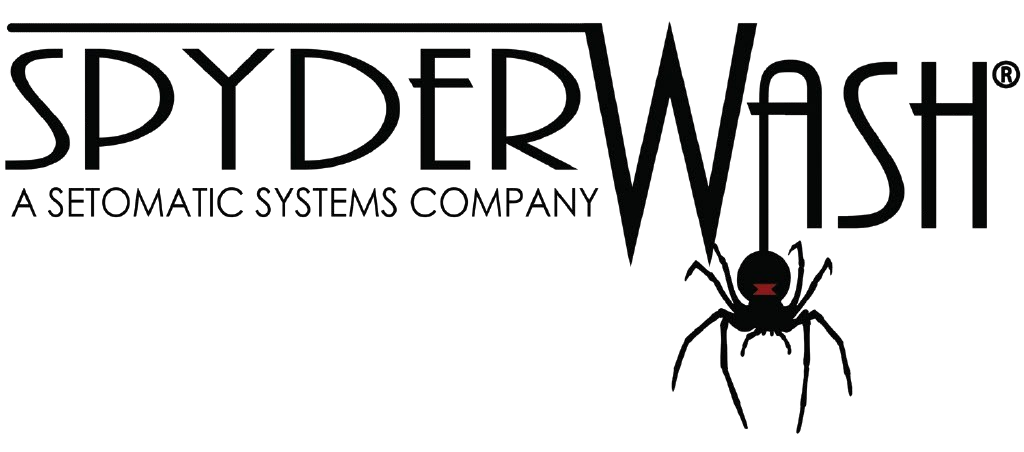
Originally posted – Jun 17, 2013
What advice can you give for washing throw rugs?
Most throw rugs can be washed, even with a rubber backing. However, when washing any kind of a rug, wash it in cold water, because it’s hard to determine how many different materials the rug is really composed of. Always air dry, or dry with very low heat. If you can, run them through a tumbler without any heat at all. The things that generally destroy a throw rug are hot water, bleach and heat.
Of course, when the rubber backing on carpets age, you shouldn’t wash them; that rubber backing has a finite lifecycle. Generally, a good brand is good for six to eight washings. And with a less expensive brand, you could begin to see that backing disintegrate after the second or third washing.
Just remember: cold water, liquid detergent, low heat or no heat, and air drying.
A customer of mine recently brought in a suede coat, on which she had spilled cola. Do you have any tips that would help me remove this dark stain for her?
Suede can be very fragile to dye release. You can try using warm water and a drop of dishwashing detergent. Rub at the stain, while at the same time, wipe with a damp cloth. If you’re lucky, you mind be able to get the stain out without discoloring the suede coat.
However, if it’s an expensive garment, I would suggest that she simply send the coat to a professional suede and leather cleaner, which would have access to all of the proper cleaning processes, as well as re-dying capabilities; if they remove a spot, they can re-dye it. This might prove to be your best bet.
I just landed a commercial account where I will be required to launder rags used to clean medical equipment. I have a commercial washer and dryer, but I’m unsure as to the specific water temperature needed to completely clean and sanitize these items. I was thinking it should be 140 degrees, but I’m not quite sure. Any feedback would be greatly appreciated.
There are two factors that come into play when sanitizing such items. The first one is the chemistry you use to wash the items, and the second is the water temperature. However, sometimes you don’t need to be so specific about the water temperature if you’re using the proper chemicals.
When we talk about “sanitation,” there are two chemicals that are generally used for this type of job – one is iodine (or, more specifically, an iodine-based sanitizer) and the other is chlorine bleach. So, if possible, find out what types of germs or stains will be present on the rags, as this will help you choose the proper chemistry to tackle this job.
As for your original question about water temperature, if there were a required water temperature for the type of commercial work you’re doing, it would be much higher than 140 degrees.
However, in your case, I would focus more on what specific chemicals to use in the water, rather than on the water temperature itself. Remember, it’s not only about the water temperature – it’s also very much about the chemistry.
Can I use regular oven cleaner to clean my dryer baskets and drums?
No, I wouldn’t recommend that. Oven cleaners are made to clean mostly oil, grease and carbon stains, which are not the most common stains you will find in a dryer. Common dryer stains are scorch marks from overheated synthetic fabrics, as well as ink, crayon, rubber and adhesive stains.
One word of caution: Be careful what you use when cleaning your dryers. Some chemicals have very low flash points, and you could cause a fire or explosion. Gases can accumulate in your ductwork or may be captured in the lint around your dryers. Also, some chemicals are toxic and some are corrosive, especially when exposed to heat. My suggestion is to use a synthetic Brillo pad, a good all-purpose cleaner, a wire brush and/or a scraper.











